Ive Decided to Only Wear Dresses for My Husband
O ur style evolves as we move through life; trends come and go. When we get older, the phrase "age-appropriate" is suddenly everywhere. But not everyone is content to blend into the bland smart-casual background. Some choose to tear up their old wardrobes for something entirely different.
What is it that prompts people to revolutionise their styles later in life, to swap streetwear for flouncy skirts or trousers for kilts? And how does it feel to disregard the fashion rulebook?
'Life is a celebration'
Arlinda McIntosh, 64, New Jersey
Throughout my 20s and early 30s in the 80s, I used to wear mainly oversized clothing to hide myself. I would put on leggings and a big T-shirt – things I thought I was supposed to wear, so that onlookers wouldn't notice anything different about me. I was a married mother working as a receptionist for a cable TV company.
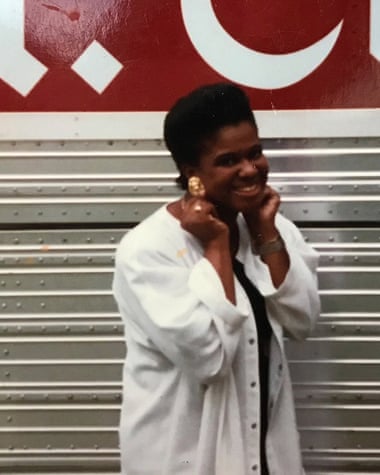
But when my husband and I separated in my early 30s, I started altering and making clothes for friends to supplement my income.
One day, I was walking down the street in New York and I caught myself in a reflection. I noticed what I was wearing and realised that, rather than dressing to avoid being noticed or judged, I needed to dress so that I could enjoy what I saw. If I'm going to style someone else, I have to be proud of what I'm wearing.
I thought: who doesn't love a wedding and the bride walking down the aisle in her big dress? I wanted to wear something that encapsulated that feeling – and nothing would stop me from wearing it every day, since life itself is a celebration.
The clothes I wanted to wear didn't exist, so I started making these big celebratory skirts, some with trains, so I could bring joy to my appearance. I went from basic to flamboyant almost overnight and wore this huge skirt that looks like a wedding skirt to the mall. I loved how I felt as I caught my reflection.
Making and wearing these clothes gave me greater confidence. Eventually, I left my job to become a full-time designer. What's the point of growing older if you're not going to be bold about your decision-making? There's no such thing as young people's clothing or old people's clothing – it is all fabric.
Being a woman of colour aged over 60, you might feel like you have to dress down – to become almost invisible. Not me; I'm very visible. But I do it so I can be visible to me. You have to come into your own boldness and understand that you can do what you want.
'I choose clothes that look nice – I don't worry about gender'
Phil Grosset, 51, York
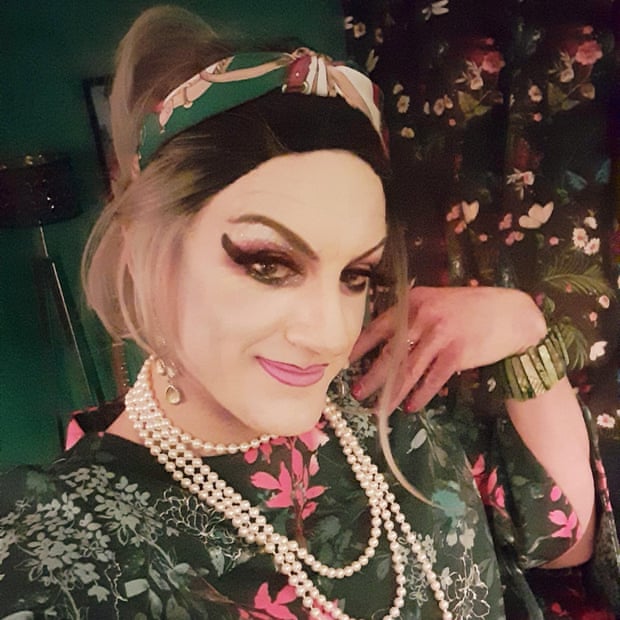
I used to dress very much in the "off-duty dad" style with ill-fitting jeans, grey T-shirts, plaid shirts and Dr Martens. I was used to blending in – it's the same sort of look I'd had since I was 18.
In 2020, an internal shift took place. I decided to identify as non‑binary. After that, there was no connection between how I felt on the inside and how I presented on the outside.
I began by making small changes publicly – buying tighter-fitting jeans marketed for women and small accessories like bags – then it transformed to wearing sweater dresses, denim jackets, skirts, tights and colourful blouses. Over a few months, my dress changed completely. My wife and friends were so supportive.

I don't see gender in clothing any more. I choose things that I think look nice and make me feel good without worrying about what gender they're marketed at. Clothes that are marketed to women have so much more choice in their patterns, colours and fabrics – it's made me addicted to colour. I tend to throw on all the clothes I want to wear; eventually, something will match if you try enough combinations.
Gender confusion can be upsetting for a lot of trans and non-binary people, but, if you get to a happier place, there's also some fun in it and something to be celebrated. I expected a bit of hostility when I started dressing like this, but, for the most part, people either don't say anything or they are friendly and chatty. It's been affirming to realise a lot of people are very tolerant and thoughtful.
Clothing changes the way others view you, but, more importantly, it changes how you feel about yourself. Now that I feel peaceful and comfortable with myself, I absolutely won't go back.
'Be proud of who you are!'
Najate Leklye , 69, Rotterdam
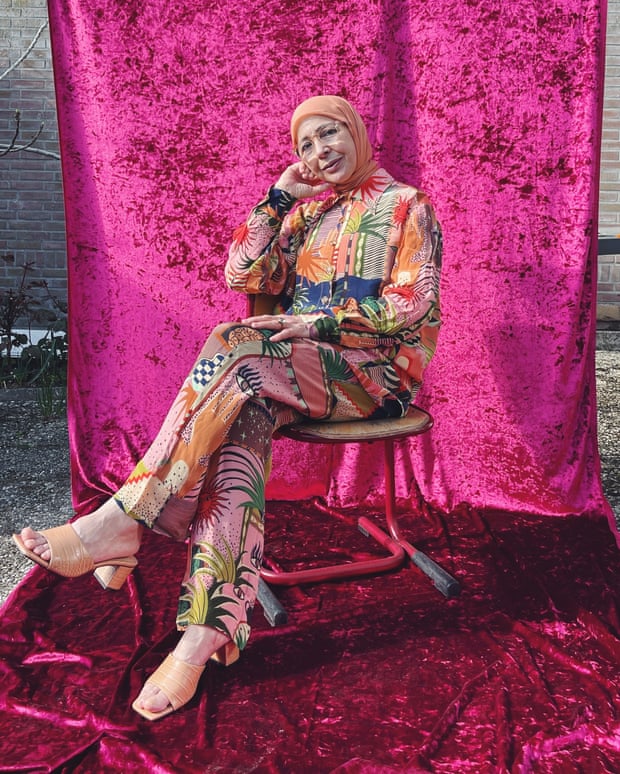
Growing up in the 60s and 70s in Morocco, I dressed in a hippy style. I was attracted to bright colours and wore bootcut trousers and platform heels, or fitted flowery dresses with uncovered hair. My dress sense was very free.
Around 1980, when I was 27, I moved to Holland to be with my husband. Three years later, I had my daughter and my style remained largely the same. I was teaching Arabic at an elementary school full of migrant children. Most of the women who came to Holland from Morocco at the same time as me came from the villages and they were a lot more traditional, so I stood out because I wasn't wearing a hijab.
A decade later, at 37, my husband and I divorced and I found a connection with religion. Studying the Qur'an became comforting, like finding an anchor. That was when I decided I would wear a hijab. It changed my dress sense entirely.
My clothing had to become more modest – longer and not as tight-fitting. I felt empowered by my choice and my newfound love for my religion. After a few years of dressing for school in my hijab, pantsuits and heels, I began experimenting more with my original love for colour and fabrics. I found a way to have fun with it. I didn't want to feel awkward about it, or like I was hiding. By the time I was 44 or 45, I had found a new way to express myself through fashion.
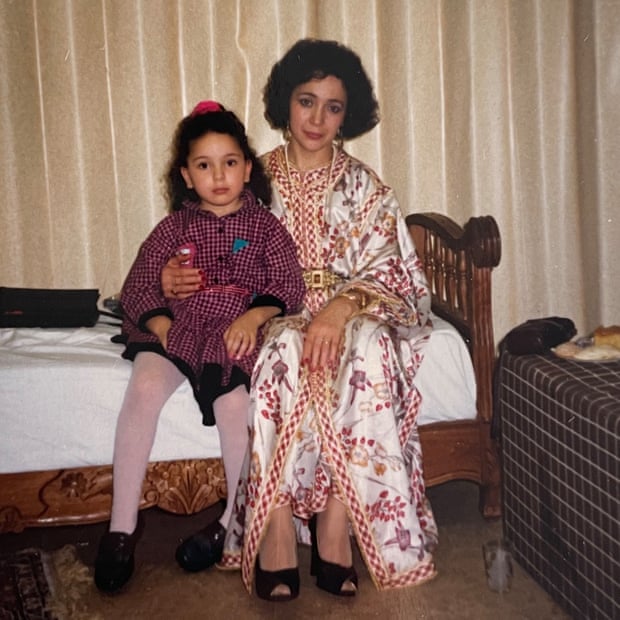
My style since has been colourful and comfortable. I wear bright hues and match my hijab with my clothes. Once I retired, I wore more streetwear, too – jeans and sweatpants and sneakers bought by my daughter. It's like I've got back my old sense of style from my 20s. I can be extravagant and outgoing, while still expressing my religion – something that feels rare in fashion, especially for women of colour.
My confidence has always come from within, so my style has evolved as I have evolved as a human being. I never lost my eye for beautiful things and I never worried about what other people thought of me. I wear my clothes; they don't wear me. My mantra is: have fun with what you're wearing, since it's OK to just be proud of who you are.
'I got rid of all my trousers'
Bob, 70, Oban
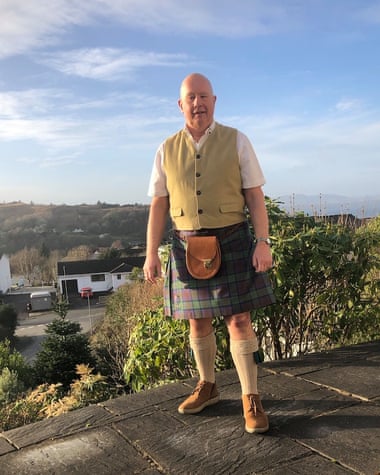
Five years ago, my knee was hit by a car door, causing permanent nerve damage. It made my knee so sensitive to touch that I can no longer wear trousers.
Before the accident, I would have described myself as someone with an ordinary dress sense – jeans, chinos or smart trousers, depending on the occasion, along with shirts and polo shirts. I have never liked standing out in a crowd.
After the accident, I thought about wearing shorts all the time, but when I went out in them in the winter I got rude or flippant comments from people telling me they didn't realise it was so hot. It made me uncomfortable and anxious.
A friend suggested I wear a kilt. I had one for weddings, but I had never worn it on an ordinary day. I took it with me on a trip I was making with my wife to Edinburgh. I imagined that everybody was staring at me, because people tend not to wear the kilt casually. Yet I noticed that it was a conversation starter, too: strangers would come up to me and mention that I was looking very smart, or that it was good to see someone in a kilt.
It was so comfortable and avoided the awkward problem of dress codes when it comes to dining at nice restaurants or going to smart places abroad. I decided on that trip to buy another kilt. I now have 10, in a mix of tartans.
Even though I felt anxious when I started wearing the kilt, now I wear one almost all the time, since it usually creates so many pleasant interactions with strangers. I'm not always smart on top, either. Not too long ago, I got rid of all my trousers, because there was no point keeping them. In a strange way, being forced to wear the kilt has made me more confident in myself.
'I won't fade into the background'
Faye McNiven, 60, Totnes
My mother had an amazing, fearless sense of style – she wore a kilt with a red baseball jacket and blue trainers when she was in her 70s.
She encouraged me to express myself through clothing, but I was a bit of a tomboy and always found myself wearing jeans and T-shirts in muted blues and blacks. As I got older, I felt as if I was losing myself more and more, receding into the background and blending in.
Like most of us, I found the lockdowns difficult and experienced a lot of anxiety. I was working from home and wearing loungewear until, after six months, I grew fed up and started to re-evaluate how I was dressing and how I wanted to live my life.
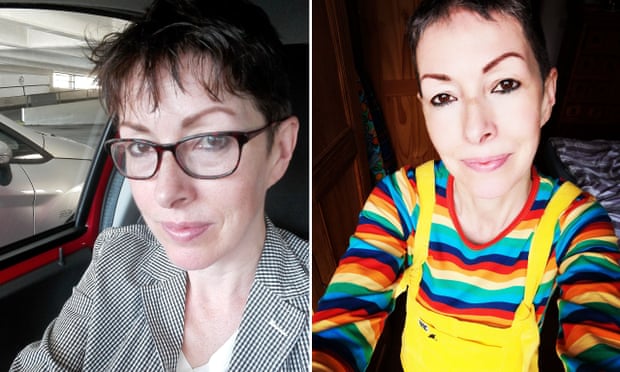
I realised that I needed to dress for myself, to embrace colour and be visible to me, just like my mother had shown me before she passed away in 1998. My niece mentioned that I should look into a Yorkshire-based company called Lucy & Yak, which makes bright dungarees and boiler suits, and I immediately fell in love with it. I started building a collection of its clothes – yellow and pink boiler suits, white boots, rainbow T-shirts – and began wearing them every day, since it's silly to save your best clothes for when you go out.
The effect was almost instantaneous – it really cheered me up. I was in a much more positive frame of mind and felt as if I was being myself. People started talking to me much more, asking where I got my clothes and saying how they were brightening their days. It made coming out of lockdown far less daunting. The whole experience has brought me much closer to a sense of community with the people who live near me.
It's been liberating not to feel that I need to dress in body-conscious clothes, or in what other people would expect me to wear as a woman. I stopped dyeing my hair as well and have gone grey – it's all about feeling more comfortable in my own skin.
It's important as a woman who is getting older to get out there and be happy in yourself. You don't have to be invisible. I'm no longer worried about expressing myself through clothing and colour. I am keeping it bright and won't fade into the background as I hit my 60s.
Source: https://www.theguardian.com/fashion/2022/mar/08/i-went-from-basic-to-flamboyant-overnight-the-people-who-transformed-their-style-in-their-50s-60s-and-70s
0 Response to "Ive Decided to Only Wear Dresses for My Husband"
Post a Comment